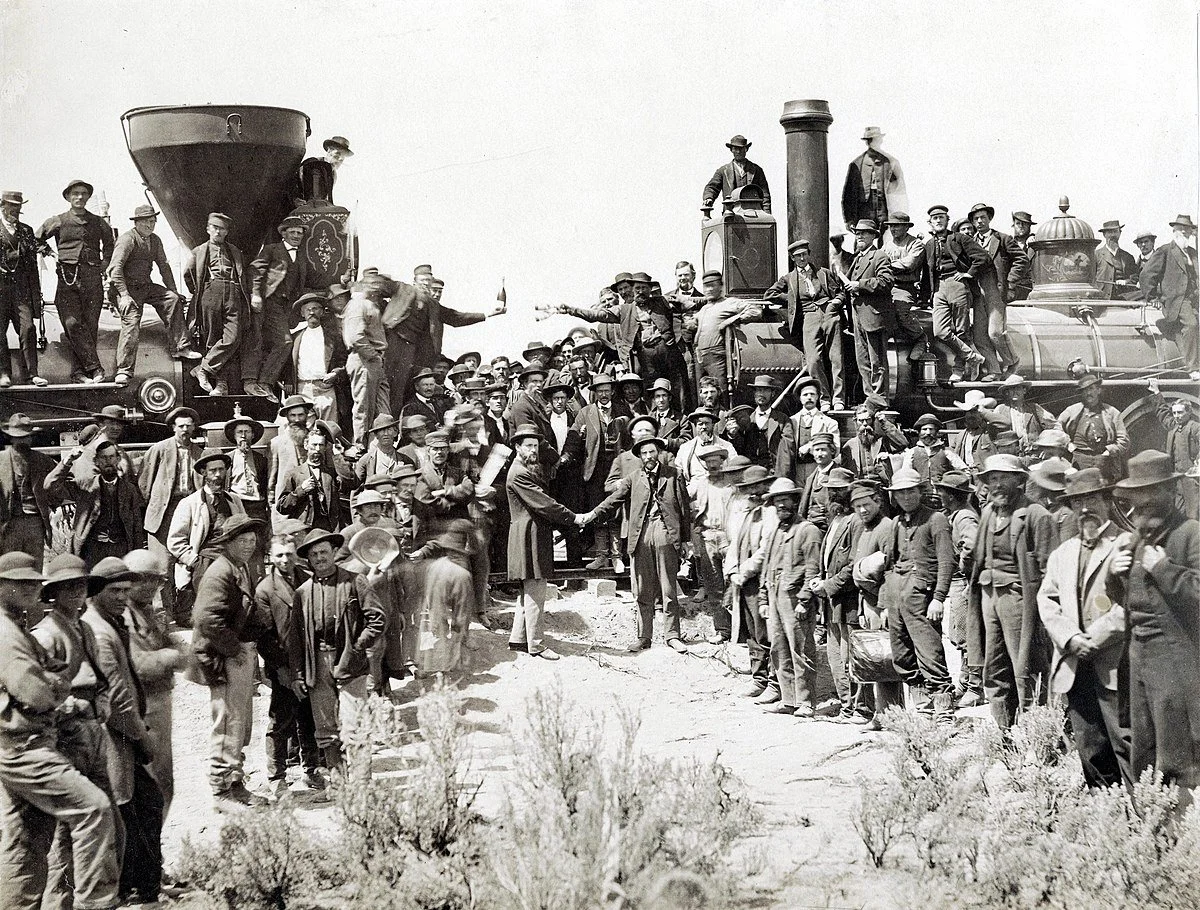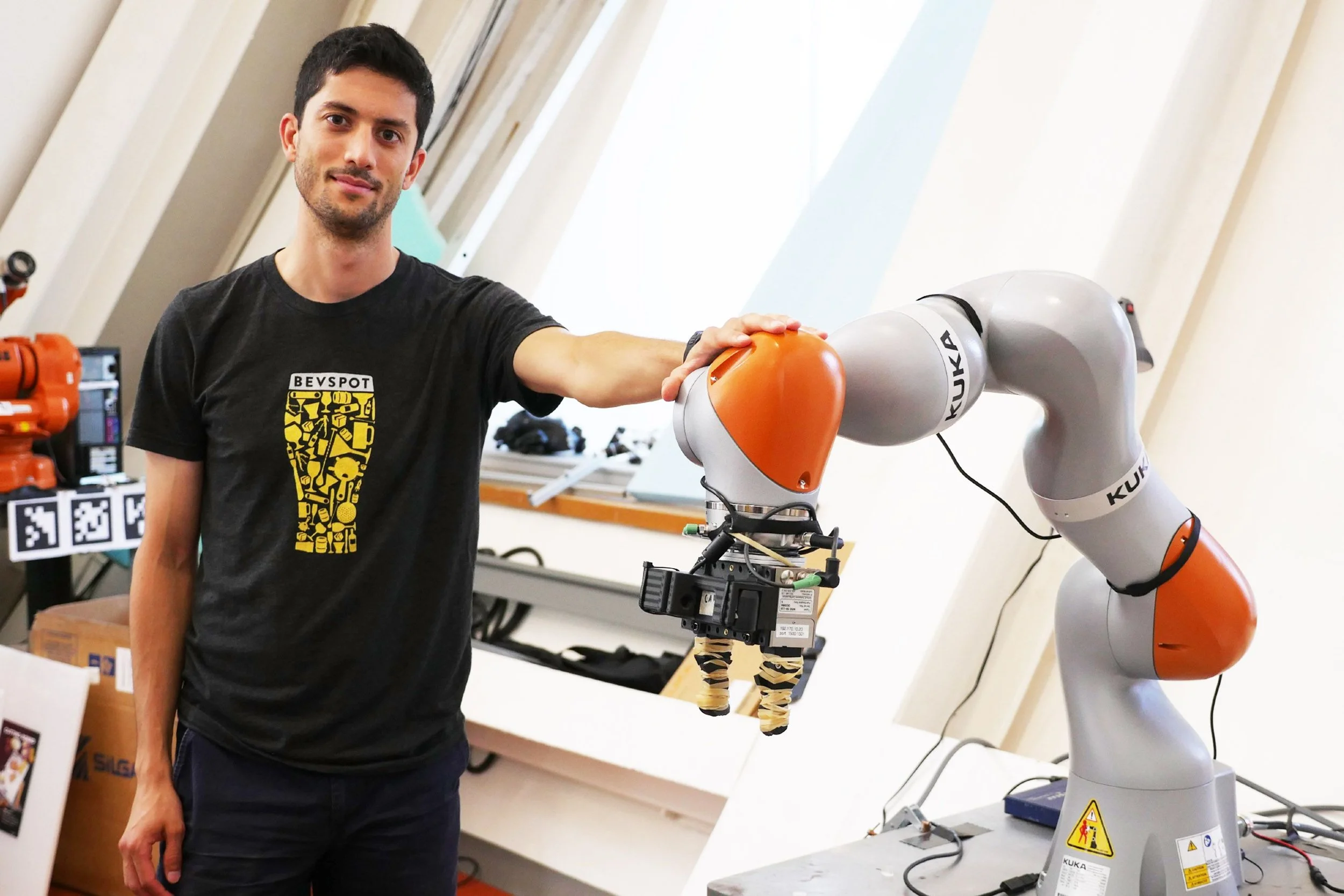Using Video to Enhance Learning
Here are some effective ways to harness the power of video to transform the online learning experience.
makE it relevant
Why would students care about this piece of media or even this lesson? It’s vital to have a good answer to this question before embarking on any rich media production because relevance is central to student engagement.
Creating video elements that explore a topic’s connection to students’ everyday lives will contextualize a new subject within the framework of their own experience. This leads to students having an emotional response to learning content that can fuel motivation.
Case Study: The Outbreak in Numbers
Data analysis is one of the top-rated skills needed in the workplace. Admittingly, it’s not everyone’s favorite subject. This video I produced for Math 210: Data Literacy explains how data science was vital in the early phase of the pandemic. The video is featured in a unit where students learn how to communicate and execute strategy using data.
ACTIVE LEARNING
Students learn by doing. Using video to present a problem or debate creates an inquiry-based learning experience that is inherently active. Inquiry-based learning engages students by making real-world connections through exploration and high-level questioning.
Case Study - Space Junk
Today, more than 170 million pieces of garbage are floating in space. Space junk poses a significant risk to spacecraft and services provided by satellites. To make this lesson, or any topic, an active experience, try splitting the video presentation into two parts. Part one explains the issue of space junk and its threat to scientific work. The second video challenges students to research and then advocate for a solution. In this case, students debate which method of removing debris is more effective: using magnets, nets, or lasers.
CAREER CONNECTIONS
Media can reveal how classroom content applies to the professional world. Virtual field trips can broaden students’ horizons, exposing them to better career opportunities. From engineering a new aircraft to working on a solution to carbon emissions, expeditions can show what professionals like about their jobs, what they studied in school, and how they apply their knowledge to their work.
Case Study: Google Expeditions
One of the 35 VR experiences I produced for Google Education was in the Imperial College Carbon Capture Lab. CCS technologies have significant potential to reduce CO₂ emissions in energy systems. The VR experience focused on students in the chemical engineering program and their research.



PRIMING
Video is an exceptional tool to help prepare and motivate students embarking on a new learning journey. Priming background knowledge can prompt a learner to retrieve previously known information. It can also promote intrigue, resulting in questions that increase student curiosity.
Case Study: Scholastic / HMH Read 180®
As the leading reading intervention program, Read 180® helps students become active, accomplished readers. Central to its content strategy is the use of “anchor videos” that introduce new units. These videos improve comprehension by activating previous knowledge, providing visual context to a reading topic, and seeding new vocabulary.
skill Up
According to the World Economic Forum, careers in A.I., machine learning, robotics, and biotechnology will transform the way we live and work, causing widespread disruption to the workplace. Strategic use of video can be a great way to inspire students to pursue career paths where technical skills are in great demand.
Case Study - Sub-clipping from mainstream media
This clip from a VICE documentary features a team of MIT robotics students who have engineered a gripper poised to disrupt how items are picked and sorted in warehouses.
Licensing material can help alleviate the burden of producing bespoke content about rapidly transforming industries. Pieces like these are also helpful when embedded in drop-off points within an online course as a way to sustain motivation.
Simulate
Physics, chemistry, engineering - these are just a few of the subject areas that benefit from motion graphics simulations. Using 3D visualization techniques helps students achieve a deeper comprehension of complex phenomena.
Case Study: Twig Education NGSS
This disruptive start-up based in the UK makes motion graphics a central component of their hybrid NGSS curriculum product. Result: Twig has garnered a 30% share of the elementary science market in California. The company was recently acquired by Weld North / Imagine Learning.
BEST PRACTICES
Relevance to real-world situations that serve learning outcomes and resonate with students’ life experiences.
Learner-centered Remember this central question - Why would a student care about this? How will this media fulfill a need for students?
Active vs. Passive Learning - Passive video can still be a useful tool in the classroom. For example, a short film exploring the impact of Jim Crow laws provides historical context to the civil rights movement. However, video can be used to propel students to research, reflect, debate, or engineer a solution. Remember - Students learn best by doing!
Global classroom - Just as the people within the media should represent a wide range of diversity, so too should the topics and places where the media is set.
Cross-curricular - Don’t shy away from cross-curricular content. For example, showing how math skills can be applied to gaming, sports, or technology is a sure-fire way to increase engagement.



















